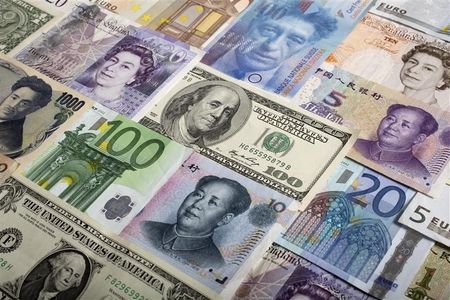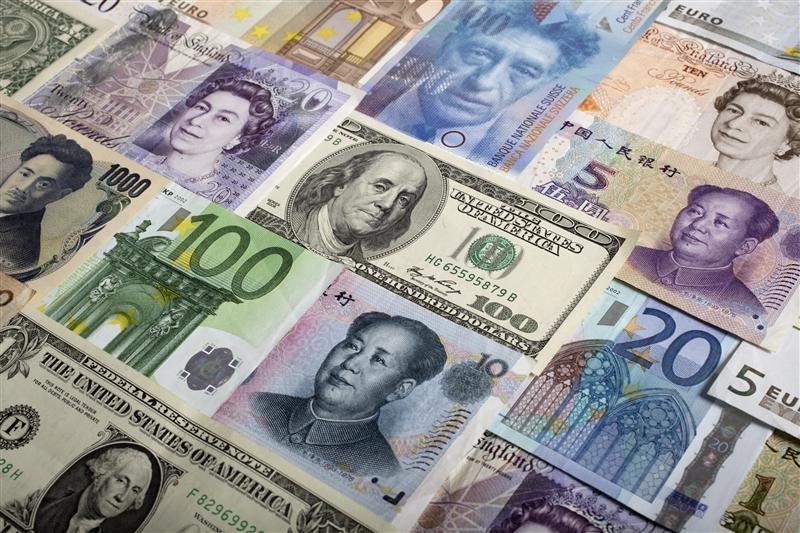Forex
Argentina’s dollarization proposal gains rare backing amid inflation woes


© Reuters.
Mark Rosen, former U.S. representative to the International Monetary Fund (IMF), has endorsed the idea of Argentina adopting the U.S. dollar as its official currency to combat soaring inflation rates, a move that has been widely criticized by mainstream figures. Rosen, who served on the IMF’s executive board from 2019 to 2021, expressed his belief on Thursday that such a transition could significantly reduce Argentina’s risk of future inflation, as reported by Bloomberg.
Presidential candidate Javier Milei, currently leading in the polls, has pledged to dollarize Argentina’s economy if elected. Despite this, his proposal has been met with skepticism due to a lack of key details such as the required dollar source, the exchange rate for the transition, and an implementation timeline. Alejandro Werner, a former IMF official who worked on Argentina’s program, dismissed Milei’s proposal as “impossible.”
Rosen joined the IMF in 2019 when it loaned a record $57 billion to Argentina’s previous government under President Mauricio Macri. However, only $44 billion was used before an economic crisis led to Macri’s defeat in the 2019 election. The program was subsequently abandoned in favor of the current deal with President Alberto Fernandez’s administration.
The future of Argentina’s $44 billion IMF agreement, the largest in the history of the Washington-based financial institution, hinges on the economic policy of the next government. The current administration has consistently failed to meet targets due to budget overspending and has sought to renegotiate the program. This situation places significant pressure on the incoming government to devise a credible plan that secures IMF approval.
Rosen’s career spans four decades in investment banking, including a focus on Latin America. He is currently a partner at Advection Growth Capital in New York. He contends that dollarization could benefit Argentina, notorious for its fluctuating policies and an inflation rate exceeding 124%. However, Rosen emphasizes that the key challenge lies in how Milei plans to finance his dollarization strategy.
The IMF has not yet officially commented on Rosen’s statements or Milei’s dollarization proposal.
This article was generated with the support of AI and reviewed by an editor. For more information see our T&C.

 Forex3 years ago
Forex3 years agoForex Today: the dollar is gaining strength amid gloomy sentiment at the start of the Fed’s week

 Forex3 years ago
Forex3 years agoUnbiased review of Pocket Option broker

 Forex3 years ago
Forex3 years agoDollar to pound sterling exchange rate today: Pound plummeted to its lowest since 1985

 Forex3 years ago
Forex3 years agoHow is the Australian dollar doing today?

 Cryptocurrency3 years ago
Cryptocurrency3 years agoWhat happened in the crypto market – current events today

 World3 years ago
World3 years agoWhy are modern video games an art form?

 Commodities3 years ago
Commodities3 years agoCopper continues to fall in price on expectations of lower demand in China

 Economy3 years ago
Economy3 years agoCrude oil tankers double in price due to EU anti-Russian sanctions





















